Home>Technology>Home Office Tech>How To Organize Art Supplies
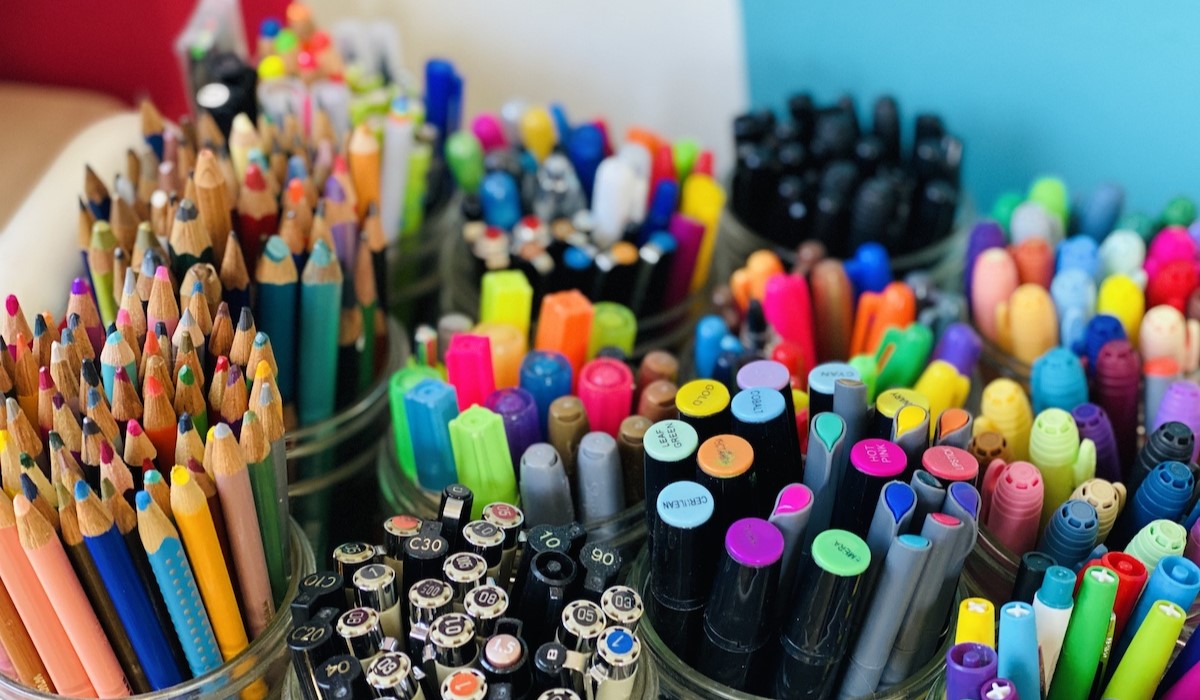

Home Office Tech
How To Organize Art Supplies
Modified: March 23, 2024
Learn how to efficiently organize your art supplies at home with our expert tips and tricks. Create a functional and inspiring home office tech space for your artistic endeavors.
(Many of the links in this article redirect to a specific reviewed product. Your purchase of these products through affiliate links helps to generate commission for Storables.com, at no extra cost. Learn more)
Essential Art Supplies
When it comes to organizing art supplies, it's crucial to start with the basics. Whether you're a seasoned artist or just starting, having the right essential art supplies can make all the difference in your creative process. Here are some must-have items to consider:
-
Drawing Supplies: Pencils, erasers, sharpeners, and sketchbooks are essential for any artist. Consider investing in a variety of pencil grades to achieve different effects in your drawings.
-
Painting Supplies: If you're into painting, stock up on brushes, paints, palettes, and canvases. Acrylic, watercolor, and oil paints are popular choices, so make sure to have the necessary supplies for your preferred medium.
-
Coloring Materials: Colored pencils, markers, and crayons are perfect for adding vibrant hues to your artwork. Having a wide range of colors can help you bring your creations to life.
-
Cutting and Adhesive Tools: Scissors, glue, tape, and a cutting mat are essential for various art projects, especially if you enjoy collage or mixed media art.
-
Storage and Organization: Don't forget to include storage solutions in your list of essential art supplies. This can include containers for pens and pencils, paintbrush holders, and portfolios for storing finished artwork.
By ensuring you have these essential art supplies on hand, you'll be well-equipped to create and organize your artistic endeavors effectively.
Key Takeaways:
- Keep your art supplies organized by investing in essential items like drawing supplies, painting supplies, coloring materials, cutting and adhesive tools, and storage solutions. This will help you create and organize your artistic endeavors effectively.
- Create a well-organized and visually appealing space for your art supplies by utilizing drawer dividers, stackable containers, wall-mounted racks, portable caddies, labeling systems, and pegboards. This will make it easier to find what you need and add to the overall enjoyment of your creative process.
Read more: How To Store Posters
Sorting and Storage Options
When it comes to sorting and storage options for your art supplies, there are numerous creative and practical solutions to keep your materials organized and easily accessible. Here are some effective methods to consider:
-
Drawer Dividers: Utilize drawer dividers to keep your pencils, markers, and other small items neatly separated. This allows for easy access and prevents items from getting jumbled together.
-
Stackable Containers: Invest in stackable containers or clear plastic bins to store larger items such as paint tubes, brushes, and palettes. Clear containers make it simple to see what's inside, while stackable options help save space.
-
Wall-Mounted Racks: Maximize your workspace by installing wall-mounted racks or shelves to hold items like sketchbooks, canvases, and cutting mats. This not only keeps your supplies organized but also serves as a decorative element in your creative space.
-
Portable Caddies: Consider using portable caddies or toolboxes with compartments to store and transport your most-used art supplies. This is especially handy if you like to work in different areas or take your supplies on the go.
-
Labeling Systems: Implement a labeling system for your storage containers to easily identify the contents. This can be as simple as using a label maker or writing directly on the containers with a permanent marker.
-
Pegboards: Install a pegboard on your wall and hang baskets, hooks, and containers to keep your supplies within reach. Pegboards offer customizable storage options and can adapt to your changing needs.
By incorporating these sorting and storage options, you can create a well-organized and visually appealing space for your art supplies. This not only makes it easier to find what you need but also adds to the overall enjoyment of your creative process.
Use clear containers or bins to store and organize art supplies by category, such as paints, brushes, and paper. Label each container for easy identification.
Creating a Workspace
When it comes to creating a workspace for your art endeavors, it's essential to design a functional and inspiring area that caters to your creative needs. Here are some key elements to consider when setting up your artistic workspace:
-
Ample Lighting: Ensure your workspace is well-lit to accurately see colors and details in your artwork. Natural light is ideal, but if that's not possible, invest in quality artificial lighting that mimics natural daylight.
-
Comfortable Seating: Choose a comfortable chair or stool that provides adequate support for long periods of creative work. Your seating should promote good posture and allow you to focus on your art without discomfort.
-
Organized Layout: Arrange your art supplies in a way that makes them easily accessible while you work. Consider the flow of your movements and position frequently used items within arm's reach.
-
Personalized Decor: Infuse your workspace with elements that inspire and motivate you. Whether it's artwork, photographs, or objects that hold sentimental value, surrounding yourself with meaningful decor can enhance your creative mindset.
-
Functional Surfaces: Ensure your workspace has suitable surfaces for your artistic activities. A sturdy desk or easel, along with a protective covering such as a cutting mat, provides the foundation for your creative projects.
-
Inspiring Color Palette: Choose a color scheme for your workspace that resonates with your artistic style. Whether it's calming neutrals or vibrant hues, the right color palette can influence your mood and creativity.
-
Tech Integration: If digital art is part of your creative process, integrate technology into your workspace with a computer, graphics tablet, or other digital tools. Ensure that cables and cords are neatly managed to avoid clutter.
By incorporating these elements into your workspace, you can create an environment that nurtures your creativity and supports your artistic pursuits. Your workspace should be a reflection of your unique style and preferences, providing a place where your creativity can flourish.
Maintaining and Replenishing Supplies
Art supplies require regular maintenance and replenishment to ensure that your creative projects can continue to flow smoothly. Here are some essential tips for maintaining and replenishing your art materials:
-
Inventory Check: Regularly assess your art supplies to take stock of what you have and what you need. This can prevent running out of crucial materials in the middle of a project.
-
Cleaning and Care: Properly clean and maintain your brushes, palettes, and other tools to prolong their lifespan. For example, acrylic paint can dry quickly and become challenging to remove, so it's essential to clean your tools promptly after use.
-
Storage Maintenance: Ensure that your storage containers and drawers are kept clean and organized. Regularly declutter and reorganize your art supplies to maintain an efficient workspace.
-
Replenishment Schedule: Establish a replenishment schedule for frequently used supplies such as paper, pencils, and paints. This can help you avoid last-minute runs to the store and ensure that you always have what you need on hand.
-
Quality Check: When replenishing art supplies, pay attention to the quality of the materials. Investing in high-quality supplies can elevate the standard of your artwork and contribute to a more enjoyable creative process.
-
Exploring New Materials: While maintaining your existing supplies, don't be afraid to explore new materials and tools. Trying out new art supplies can inspire fresh creativity and expand your artistic capabilities.
-
Budgeting for Supplies: Set aside a budget for art supply replenishment. This can help you manage your expenses and ensure that you can consistently maintain a well-stocked supply of materials.
-
Seeking Inspiration: Stay connected with the art community and seek inspiration from other artists. This can lead to discovering new techniques and materials that may spark your interest in replenishing your art supplies.
By incorporating these practices into your routine, you can effectively maintain and replenish your art supplies, ensuring that your creative endeavors are always supported by a well-equipped and organized workspace.
Frequently Asked Questions about How To Organize Art Supplies
Was this page helpful?
At Storables.com, we guarantee accurate and reliable information. Our content, validated by Expert Board Contributors, is crafted following stringent Editorial Policies. We're committed to providing you with well-researched, expert-backed insights for all your informational needs.
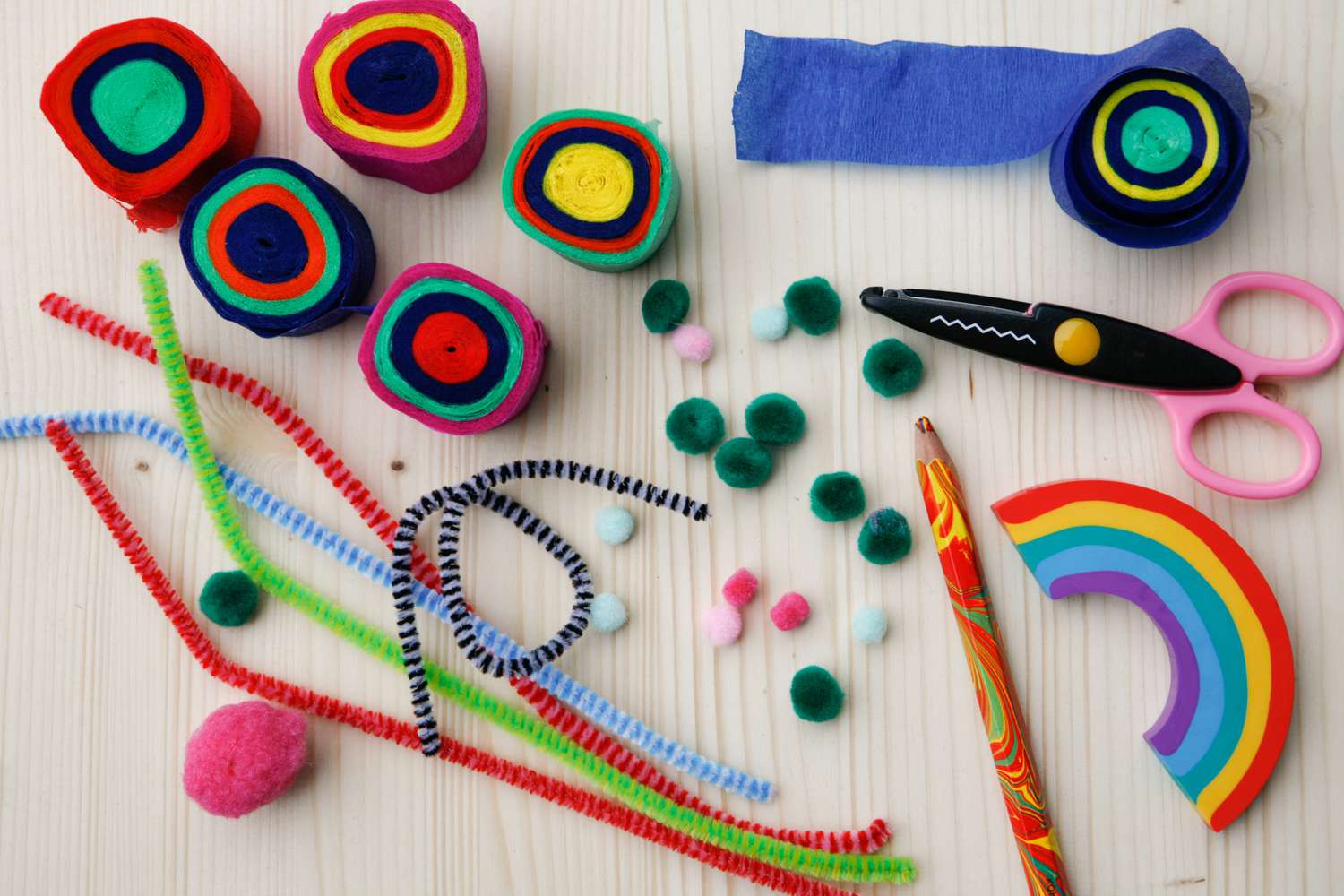
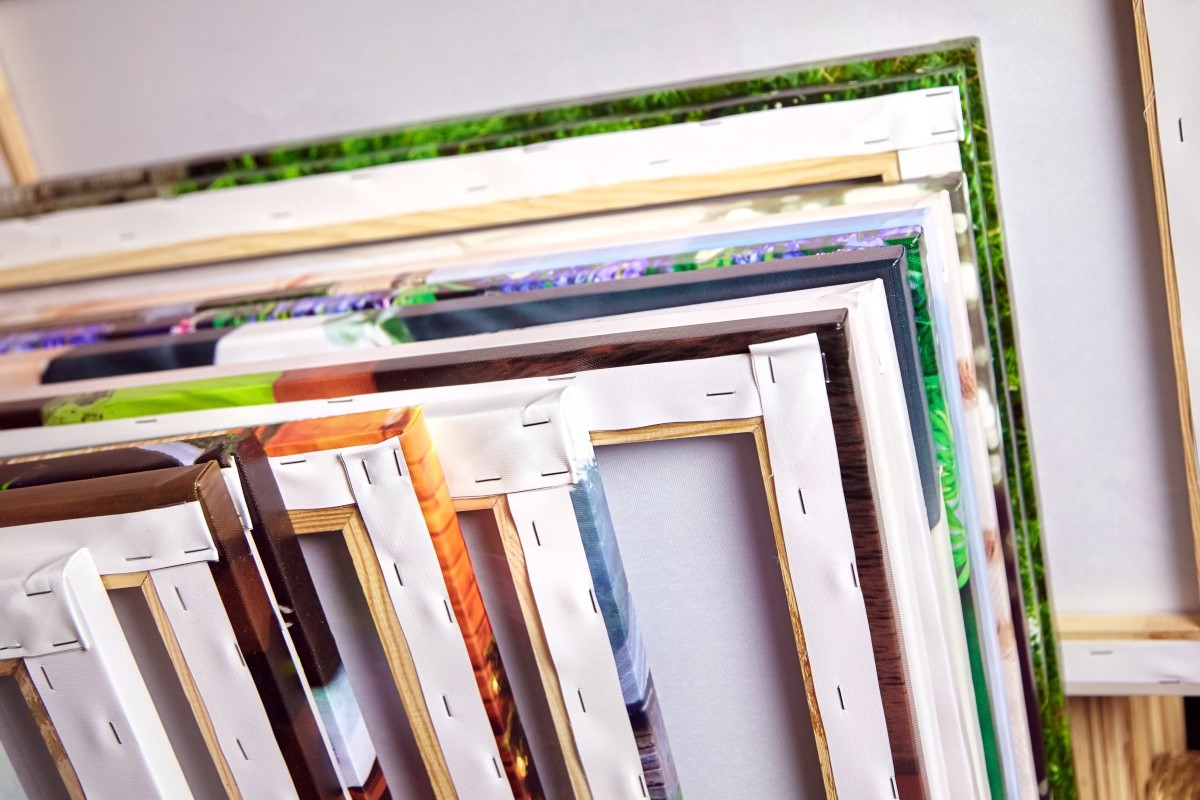
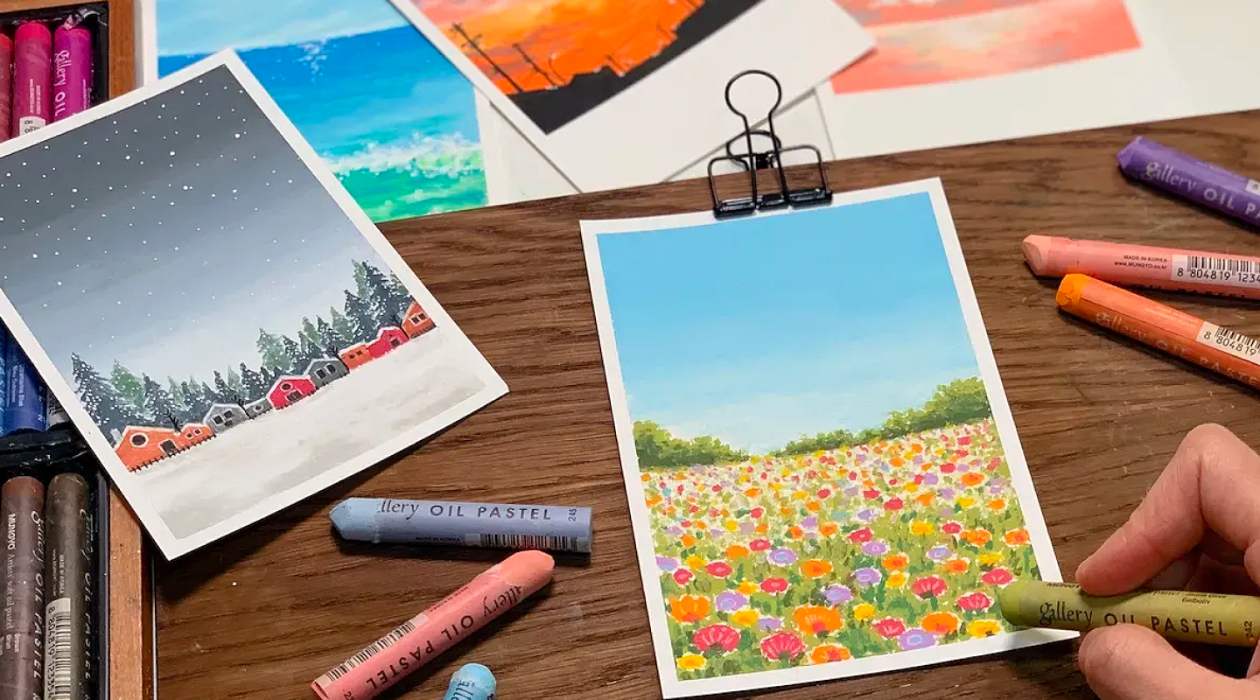
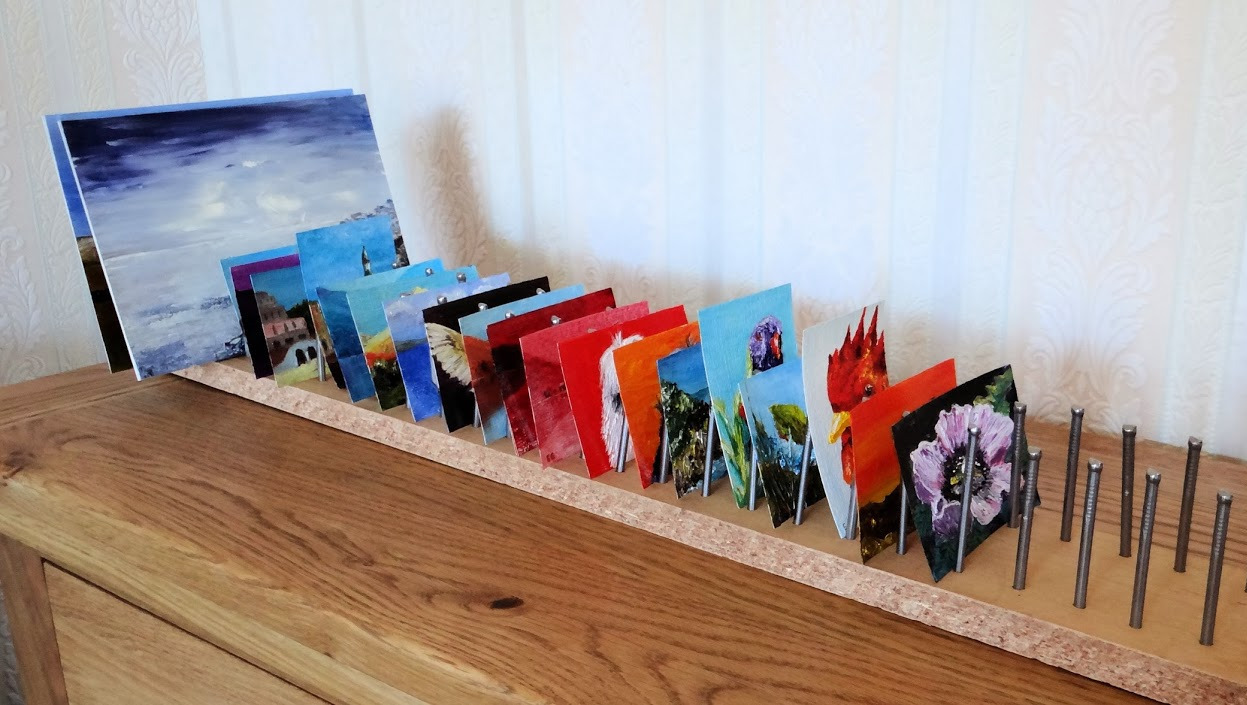
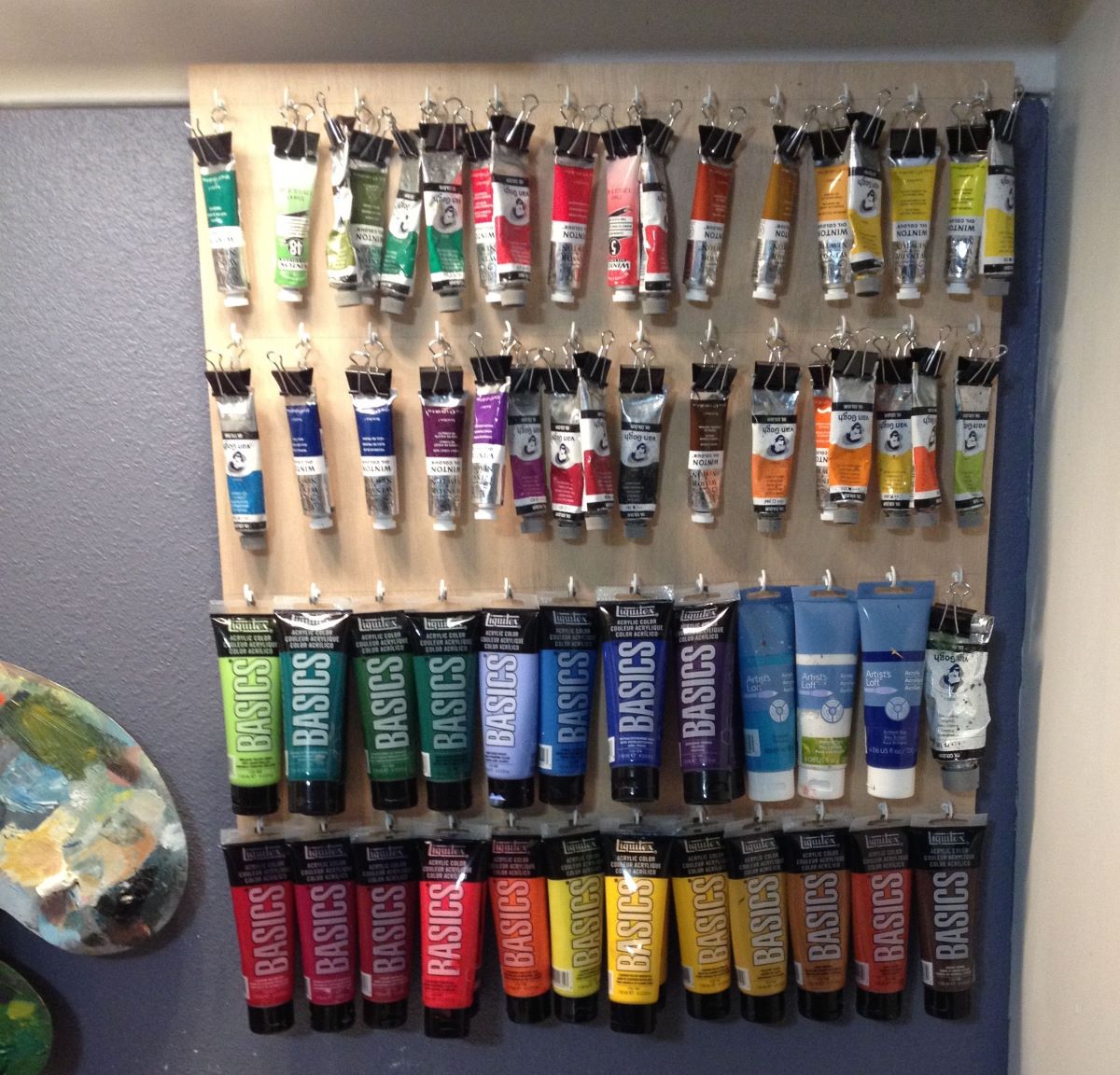
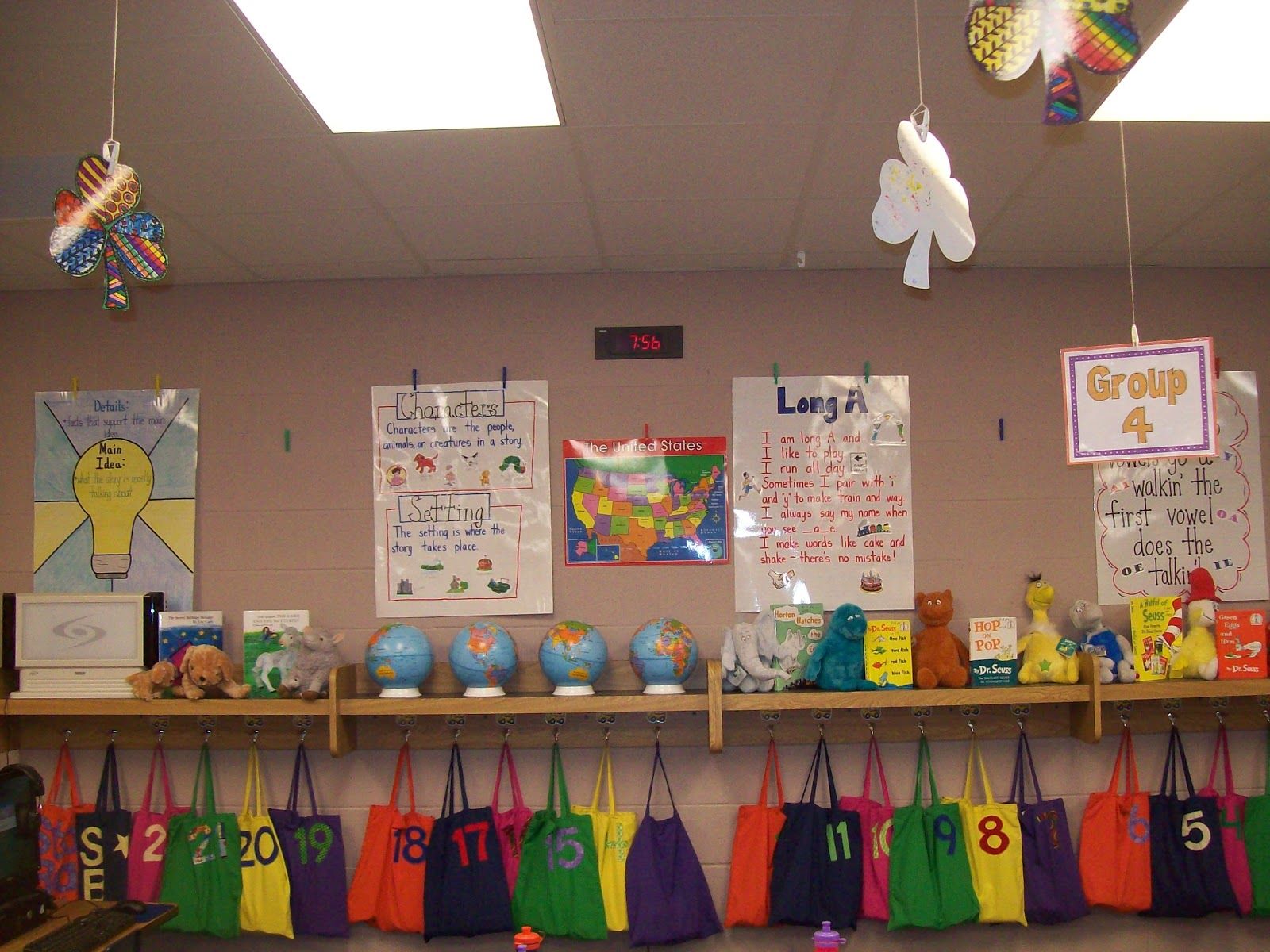
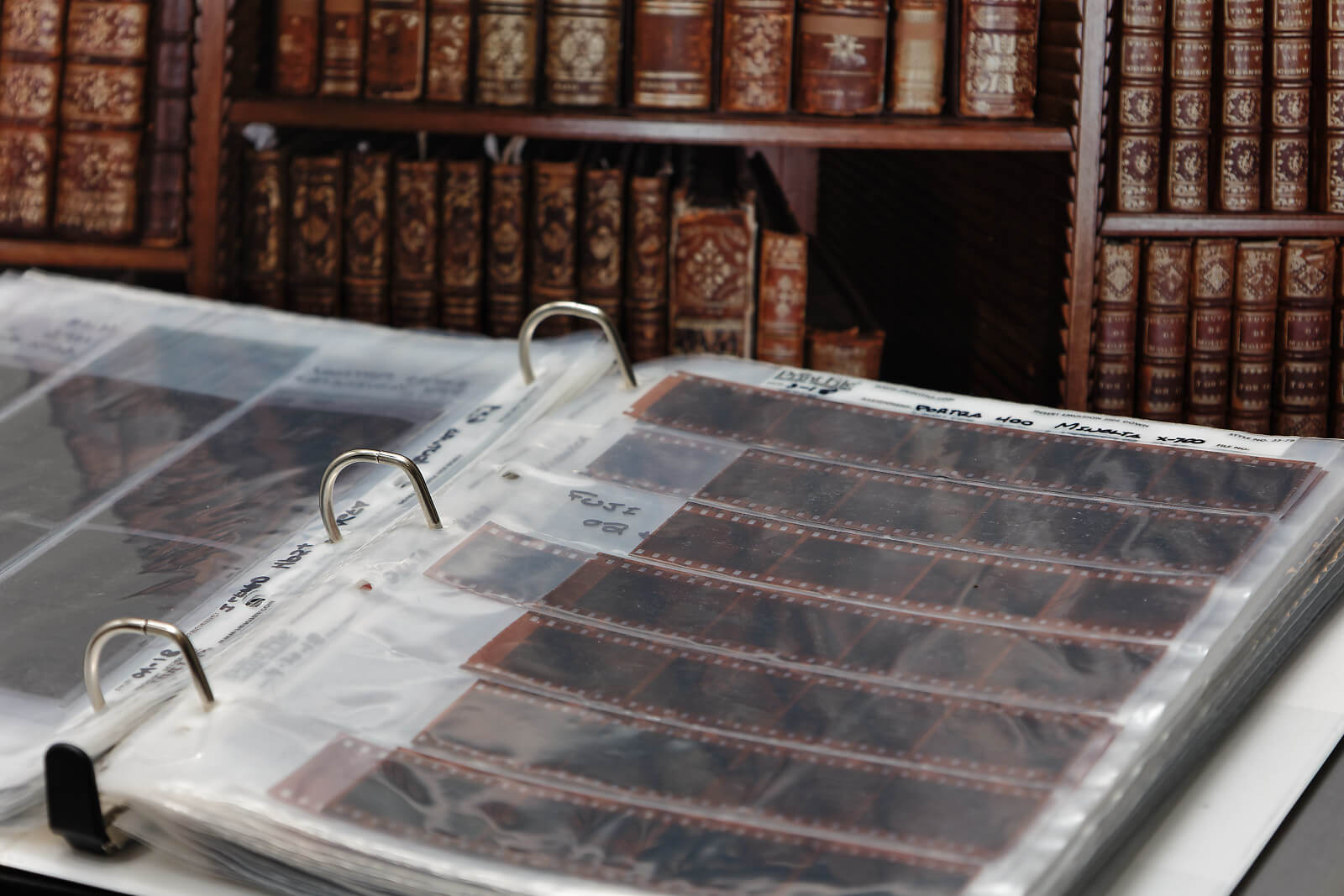
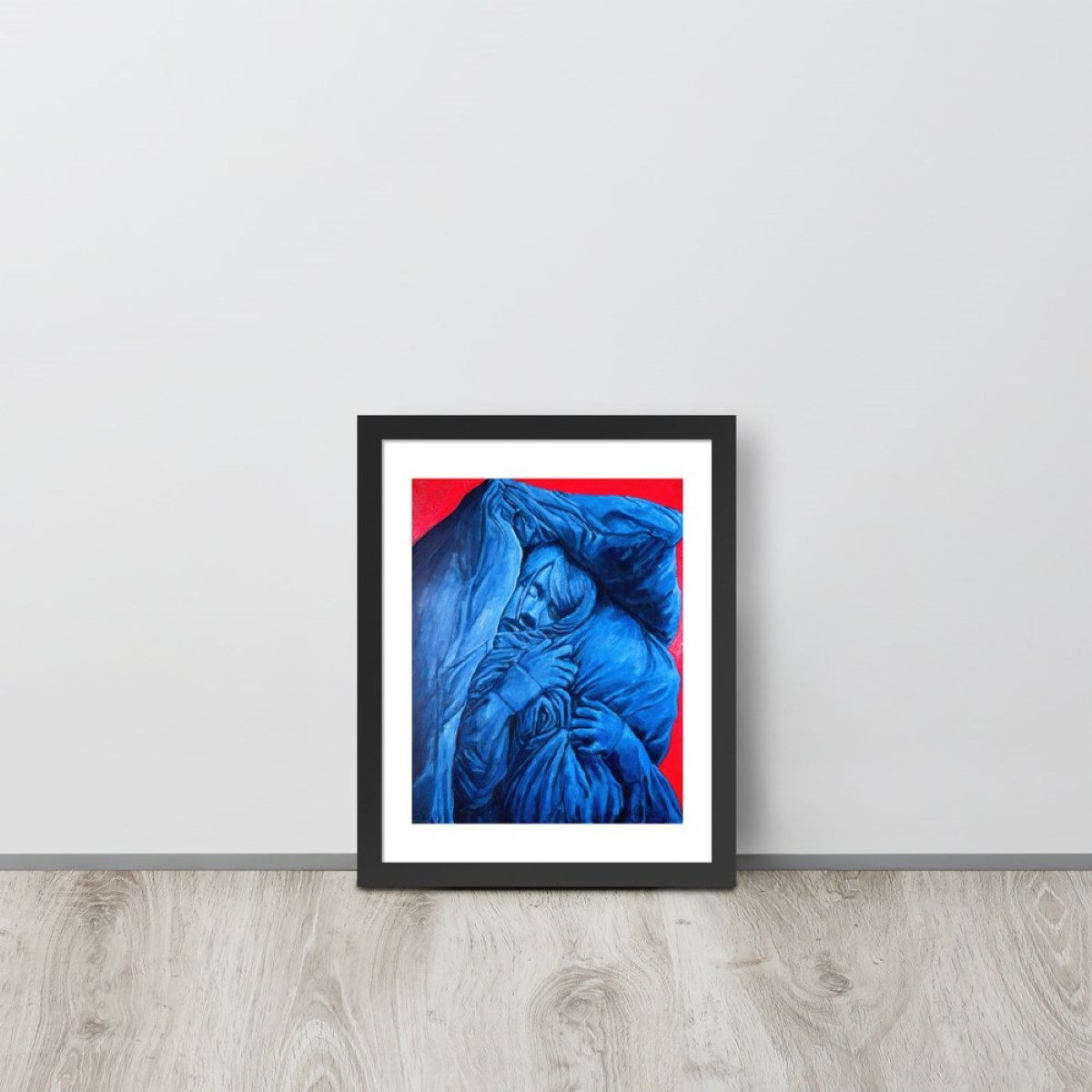
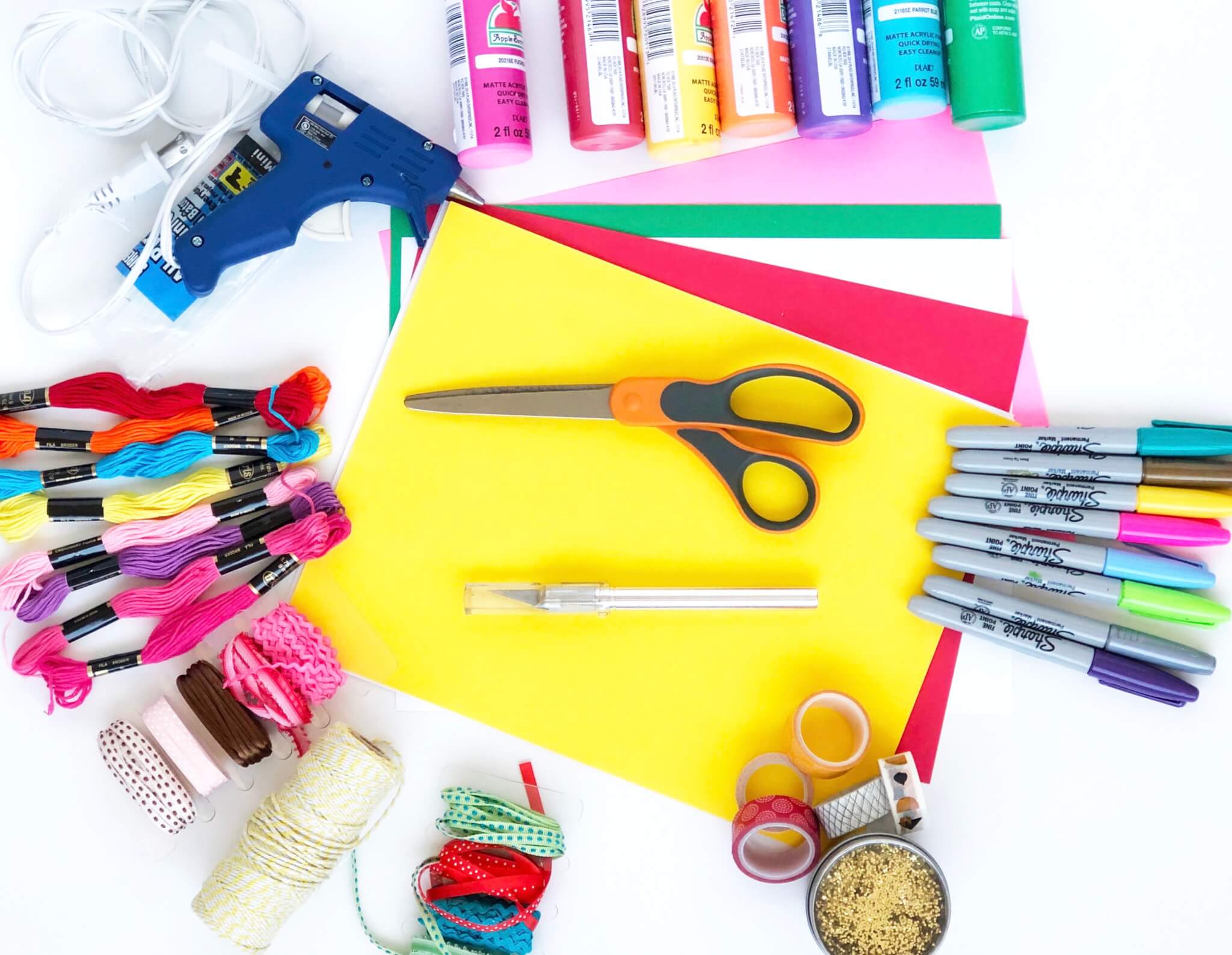
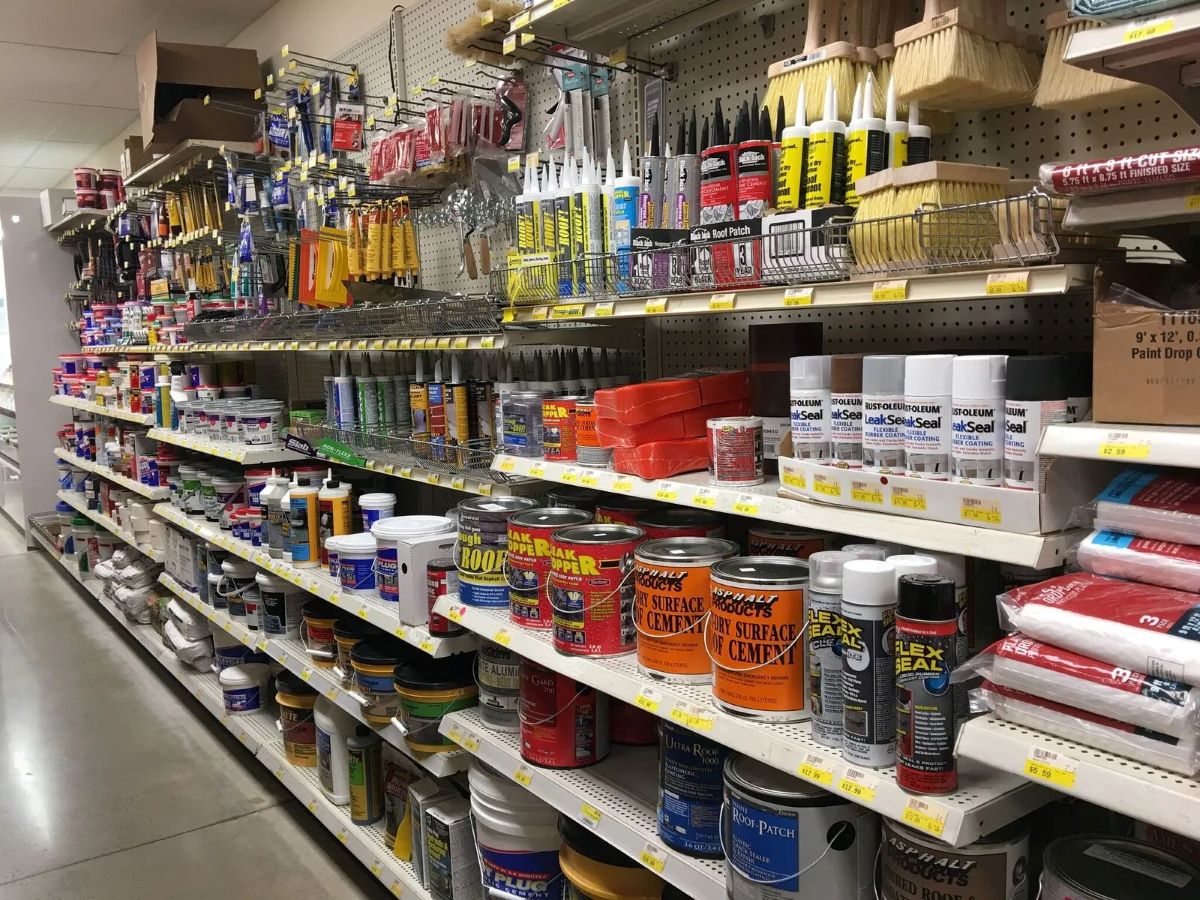
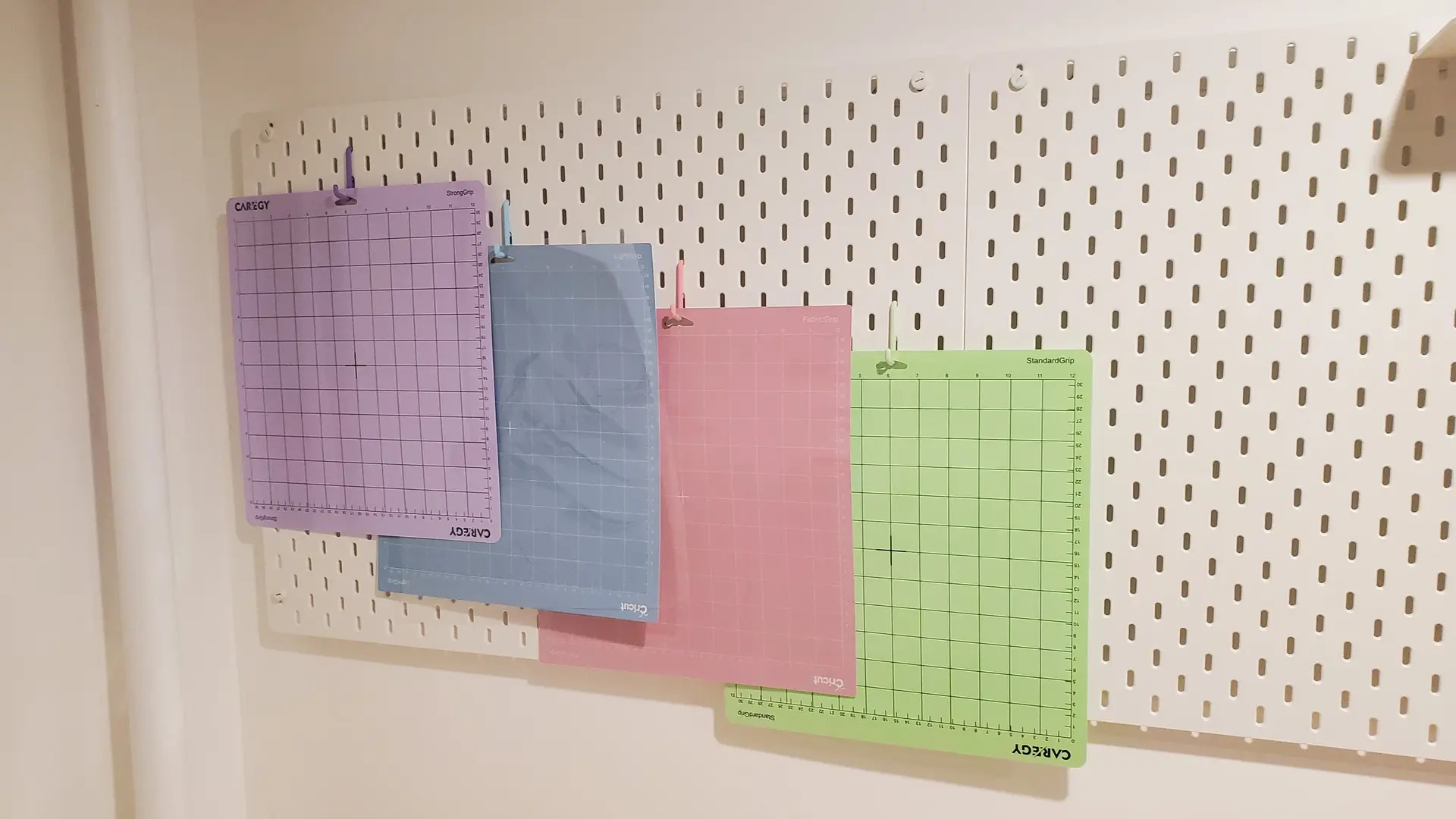
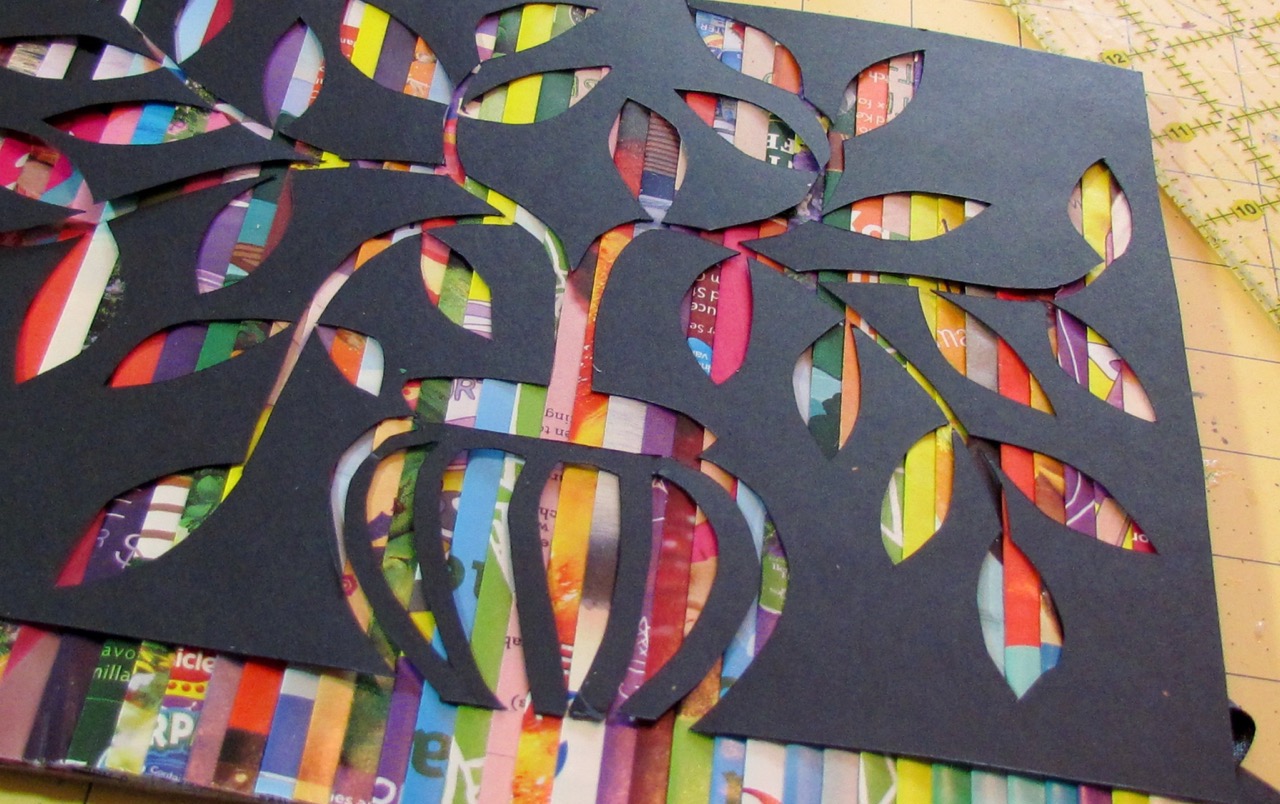
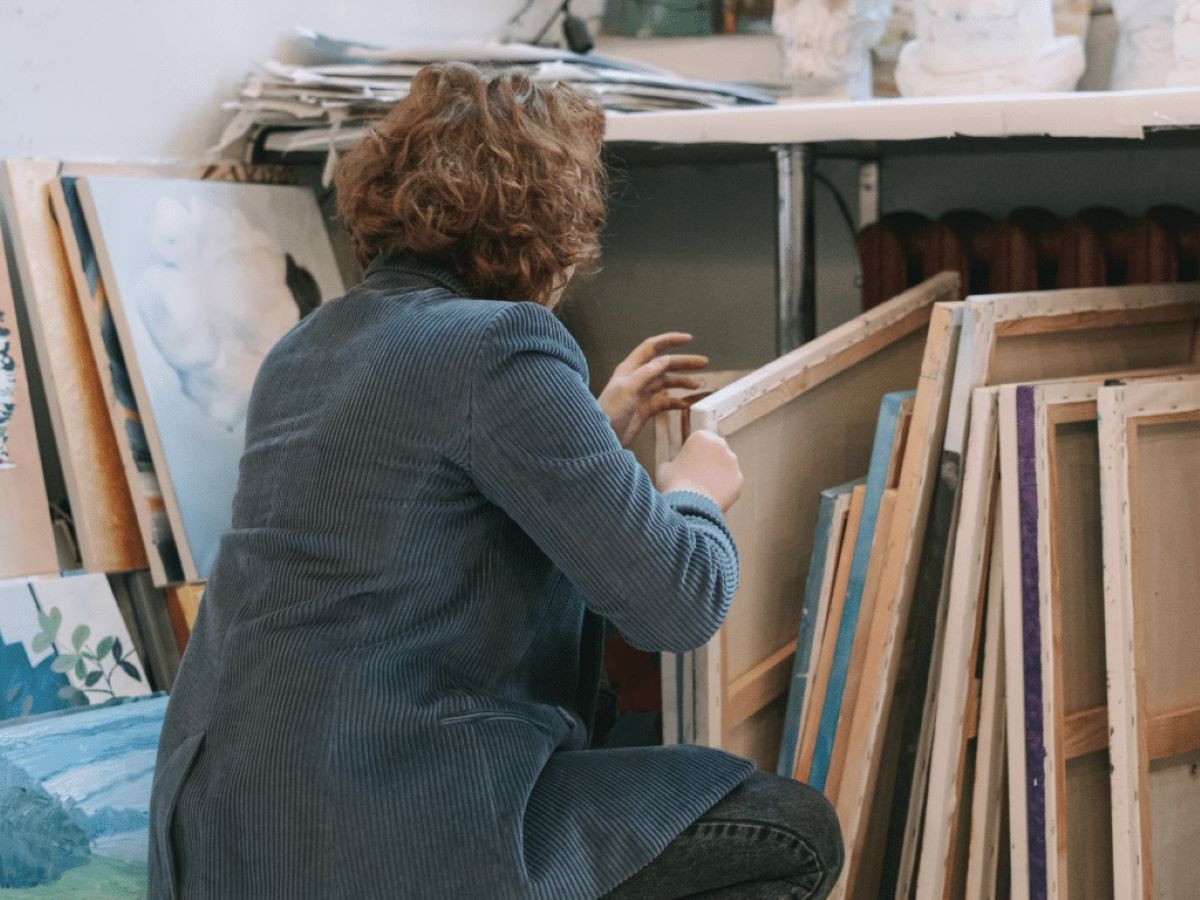
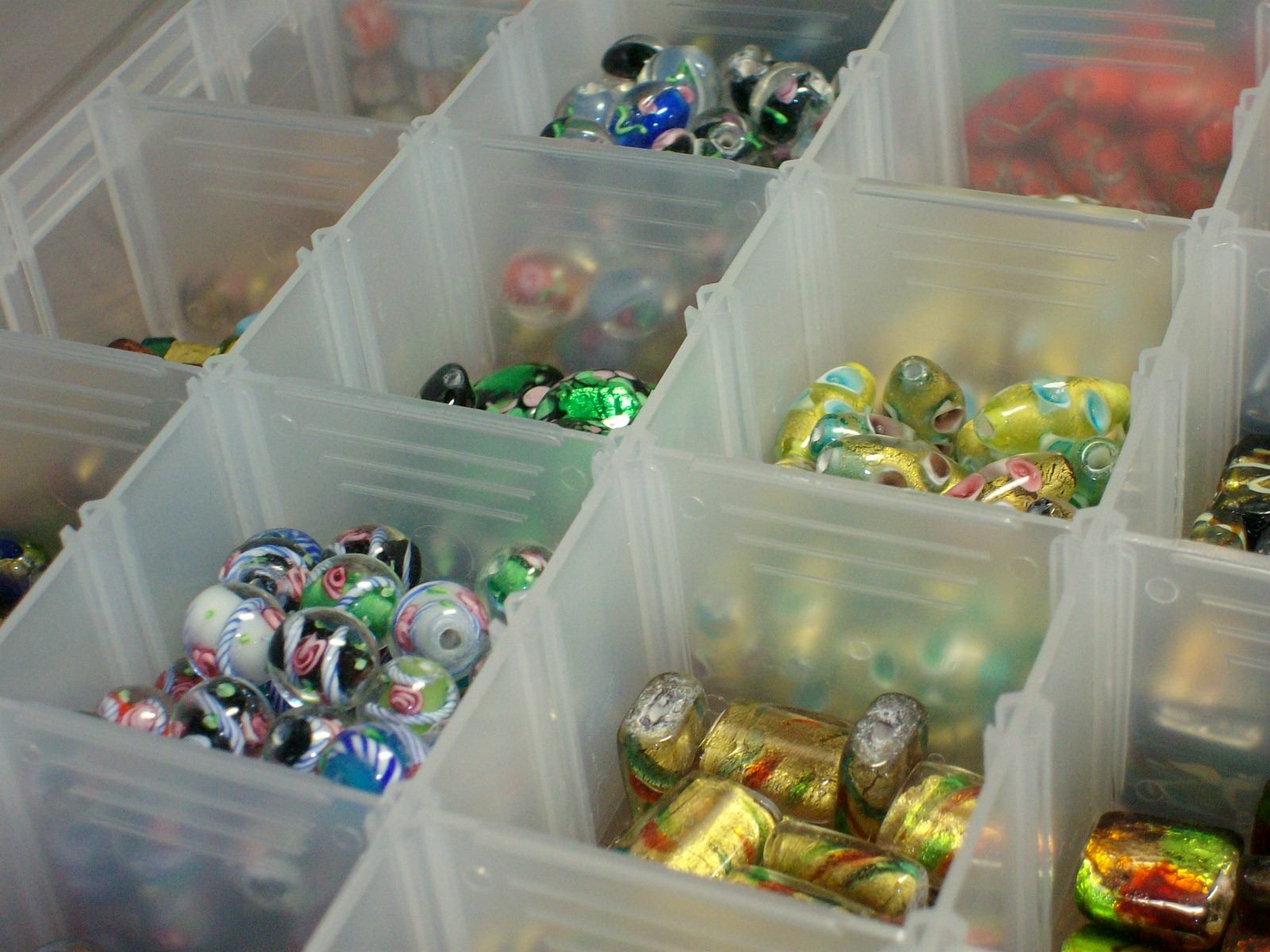
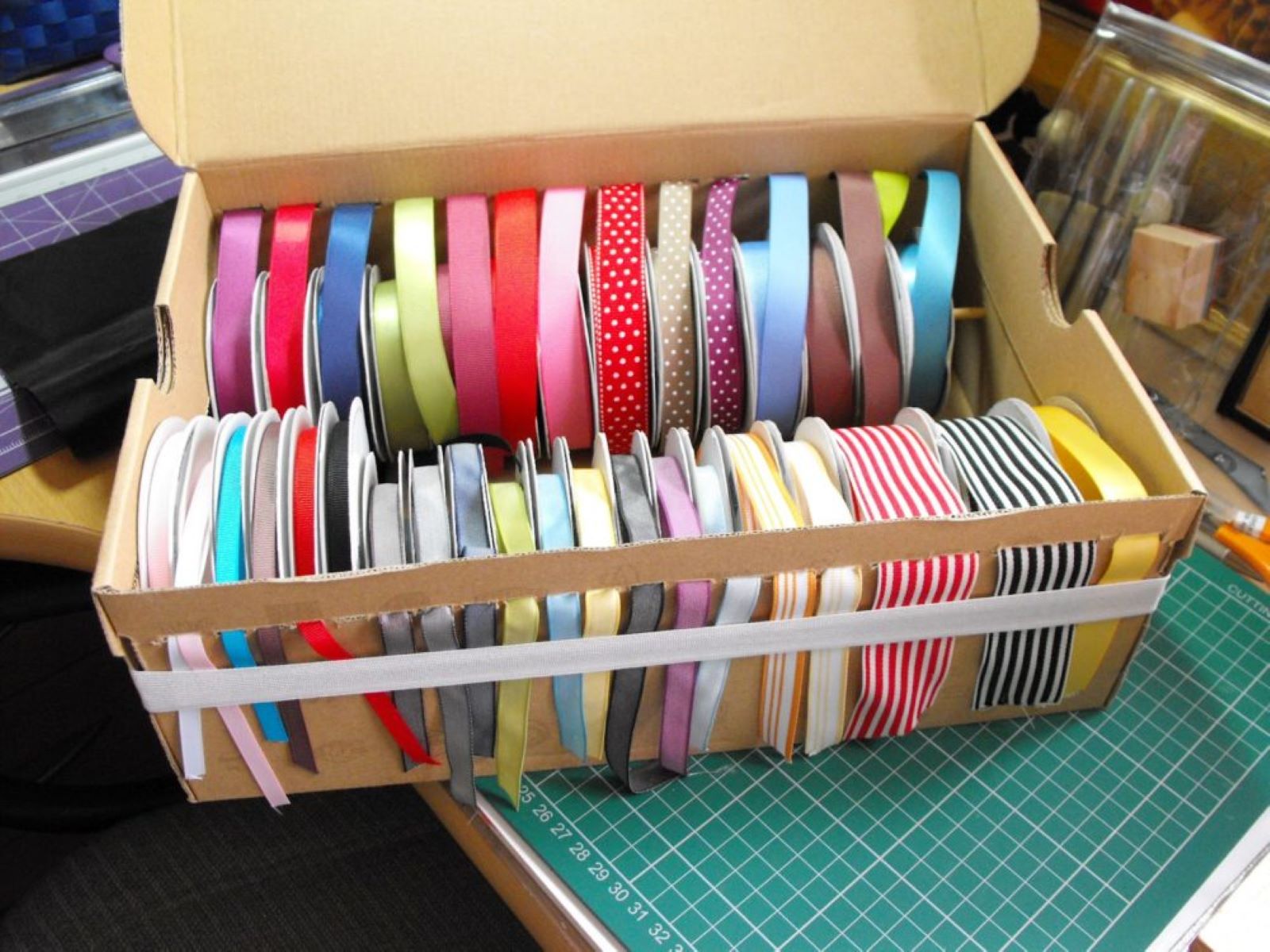

0 thoughts on “How To Organize Art Supplies”